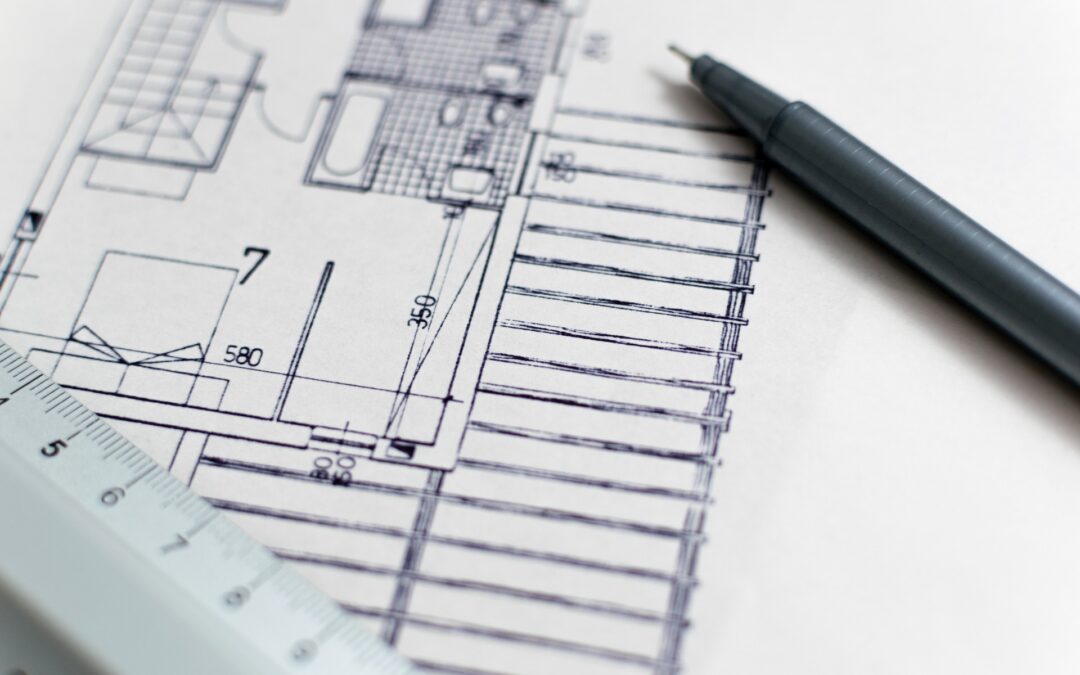Delivery methods for construction projects
How a construction project is designed and constructed is known as the “delivery method”. The delivery method is one of the most important decisions for every owner looking to commence a construction project.
There is no “one size fits all” solution.
Owners and contractors should have a clear understanding of the delivery methods best suited for their project. The delivery method can have a direct impact on cost, time to complete, quality and risk allocation.
There are three traditional delivery methods:
- Construction only;
- Design and construct; and
- Project management.
For each situation, there will be advantages and disadvantages in the use of any specific delivery method.
Construct only
This delivery method is where the owner engages the contractor on a construction only basis whereby the contractor is only responsible for building the project based on the designs provided from a building consultant. This delivery method is common for small-scale domestic, commercial and infrastructure projects. This delivery method works well where the contractor is unable to offer value to the owner in the design process, particularly where the design is not complex.
This delivery method is considered to be low risk to the contractor as the design consultant retains liability for the design that the contractor uses. However, the disadvantage is that the owner does not gain any design input from the contractor which may, in turn, increase the time taken for the whole project and diminish potential cost savings. If there are errors in the design, the contractor may be entitled to an extension and may charge additions as variations.
Design and construct
This delivery method is where the owner engages a consultant to prepare a preliminary design, then engages a contractor to complete the design and construct the project. This method carries risk for the contractor and is often used for large-scale domestic buildings, large commercial buildings, and infrastructure work.
The owner would usually engage a design consultant first. The design consultant would carry out the design to completion of the preliminary design phase and would assist the owner in determining the project requirements. Then, the owner would engage a contractor who undertakes to meet the owner’s project requirements by completing the design and constructing the building. This creates a single point of accountability for design and constructing with the contractor. This allows the contractor to make cost savings to the project, and for it to be expedited. However, the owner has less control over the design and the contract sum may be higher to reflect increased contractor risks.
Project management
This delivery method occurs where the owner engages a project manager to control, manage and coordinate the project. The project manager’s scope of work tends to be oversight of the design and construction of the project from start to finish.
The owner also chooses and engages the consultants and the contractors. The owner is not required to engage a head contractor. The owner may engage several contractors, similar to subcontractors for various parts of the project. By engaging each party individually, the owner retains control of the project, but communicates with all parties via the project manager. The owner in this case tends to be experienced in the construction industry.
This delivery method enables faster completion of the project and provides the owner with more flexibility and control. However, this approach can be costly due to the requirement to managing the multiple contractors. The owner also takes on a higher risk of cost fluctuations.
Which delivery method should you choose?
The delivery method chosen for a particular project will depend on the owner’s objectives. This includes considerations of the following factors:
- Timing – Where speed is required, the project management delivery method is more suitable compared to construct only, and design and construct.
- Cost – Greater cost certainty can be obtained under construct only, and design and construct, where the owner is able to ask for fixed price contracts. Owners should also consider the risks of exceeding those costs.
- Control over design – Design and construct contracts give more control over the design to the contractor as compared to construction and project management.
- Experience of the owner – An inexperienced owner should tend towards construct only or design and construct as these methods offer greater time and price certainty.
- Complexity – Some delivery methods are probably only value for money if the project is complex.
- Risk assessment – The owner should assign risk to the parties that are in the best position to control those risks.
Summary
Selecting the right delivery method can be a daunting prospect, with a lot at stake. Our lawyers at Norling Law have the expertise to advise on the terms of your construction contract. To book a free 30-minute consultation please click this link https://norlinglaw.co.nz/consultation-brent/.




